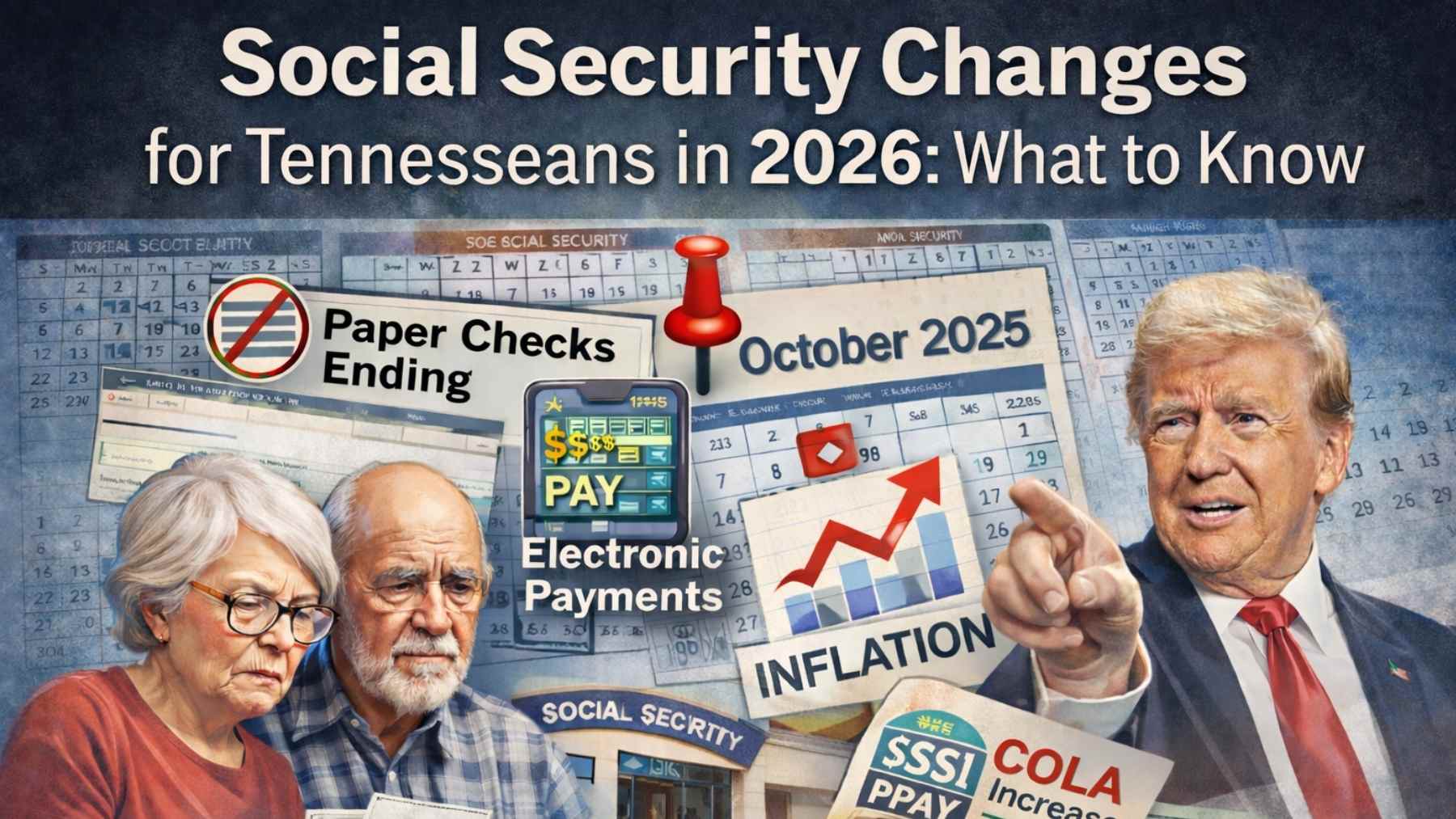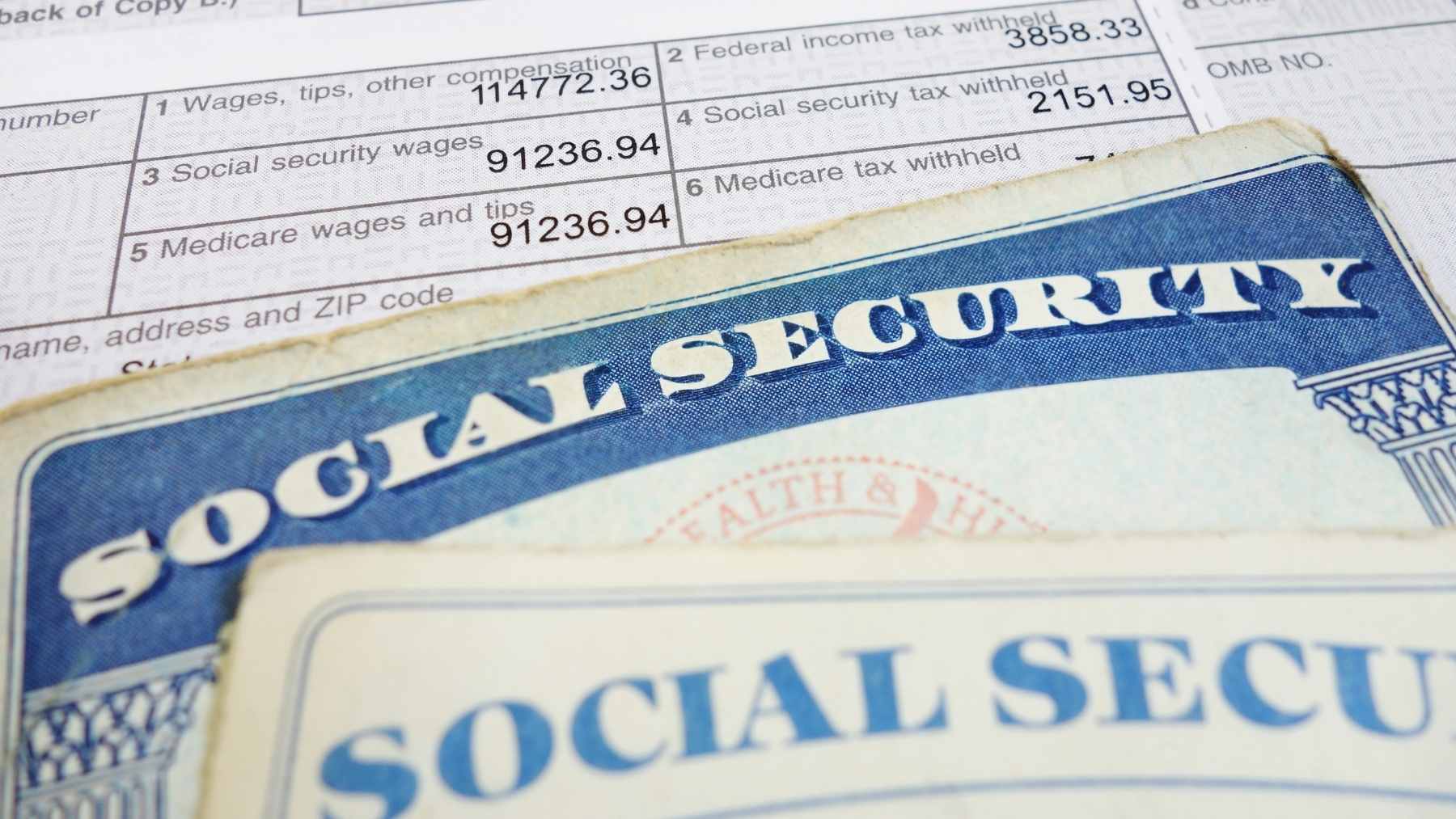The Supplemental Nutrition Assistance Program (SNAP) is a cornerstone social welfare program in the US, ensuring that millions of low-income American families do not go hungry. The program serves approximately 42 million people, which amounts to just over 12% of the population. This essential service provides a lifeline of support for families and individuals by providing food stamps to buy groceries. However, beneficiaries may not be fully aware of how they can maximize their SNAP benefits.
Who qualifies for SNAP benefits in the US?
To receive SNAP benefits, the core requirement is related to your income level. To be eligible for the benefits, your gross monthly income before deductions must be at or below 130% of the poverty line before SNAP-specific deductions are applied. Once deductions have been applied, your net income must be at or below the poverty line.
In addition, you may not have over $2,250 in countable resources, or $3,250 in countable resources if at least one person in the household is aged 60 or older, or is disabled. According to the US Department of Agriculture, the following deductions are applied to your household income when checking to see if you meet the eligibility income criteria:
- The standard deduction in most states is at least $155
- 20 percent of earned income
- Costs of dependent care
- Legally owed child-support payments
- Shelter expenses amounting to over half your income
- Medical expenses over $35 a month for household members who are age 60 or older or receiving certain disability payments
In addition, you may have to meet certain work requirements to receive benefits. However, if you are disabled, a child, a senior, homeless, pregnant, suffer from an illness, or are a veteran, you most likely do not need to meet the work requirements to receive SNAP benefits. In general, though, most individuals have to showcase that they are actively working for at least 20 hours a week to receive benefits.
Mak sure you comply with this rule or risk having your SNAP benefits cut
According to the Commonwealth of Massachusetts official website, beneficiaries are reminded that they need to report all income they earn, else their SNAP benefits may be taken away. However, there are methods you can utilize to increase your monthly benefits without risking putting your income eligibility in jeopardy. This ensures that you can maximize your income to cover your expenses without losing the support from SNAP to cover grocery-related expenses.
You need to report all medical costs, adult and/or childcare-related costs, housing costs, child support costs, and other changes to your income. By being transparent about what your income and expenses circumstances are, your SNAP benefits may even be increased to help you cover your expenses. To submit your income, you can update your case information by using DTA Connect or calling the DTA Assistance Line at 877-382-2363.
IS Donald Trump planning to cut SNAP benefits under the Department of Government Efficiency?
Amidst the Department of Government Efficiency’s efforts to reduce unnecessary government spending, massive budget cuts have been implemented across a variety of federal welfare programs, including Medicaid and USAID. This is to help DOGE achieve its ultimate goal of saving $150 billion by the time their contract ends in July of next year.
As part of these cuts, SNAP may see its budget cut by as much as 20%. A 20% decrease in the program’s benefits would be potentially disastrous for beneficiaries who are already incredibly vulnerable to price and income changes. While also state-funded, the government funding SNAP receives is essential to ensuring to reaches as many beneficiaries as possible. Cutting benefits from some of the most vulnerable in society risks keeping these individuals in low-income circumstances if they have no way to support basic living expenses.













